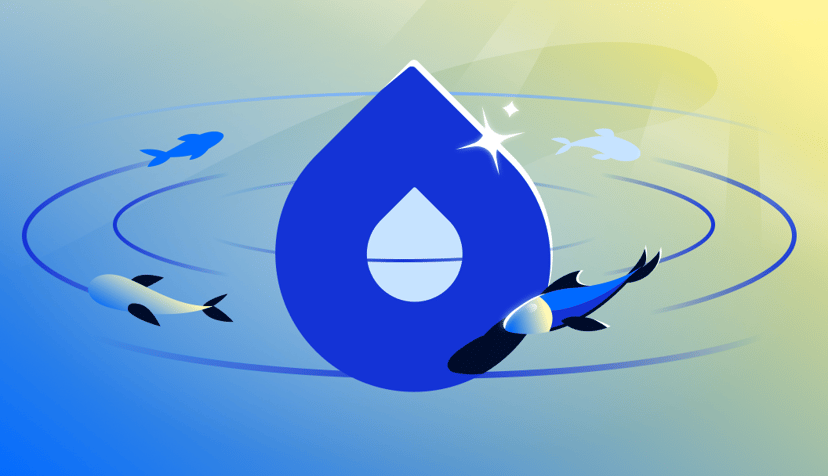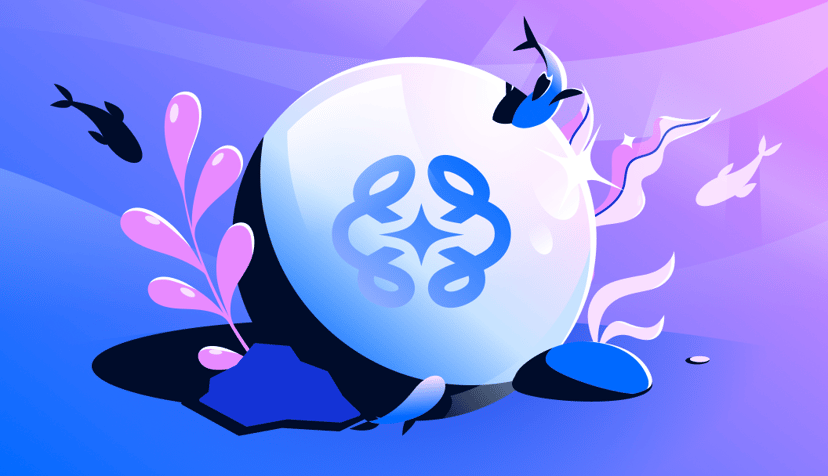Scale your business, not costs by running your apps on DigitalOcean
By Shantanu Kedar
- Published:
- 4 min read
Cloud is omnipresent. The promise of not having to buy and maintain on-premises infrastructure is a potent one, especially for smaller businesses and entrepreneurs. However, the multitude of cloud offerings available makes research necessary when determining which offering is optimal for your workloads. Countless hours are often invested in gaining an understanding of available products, SLAs, and the costs of using the cloud.
One of the common complaints with major cloud providers such as AWS, GCP, and Microsoft Azure is that they might be inexpensive to begin with, but as you scale your apps, the costs rise significantly. These cloud providers typically target enterprises who have deep pockets to absorb the rising costs, but this often becomes cost prohibitive for entrepreneurs and small businesses over time.
“Simplicity in all we do” is one of the core values at DigitalOcean. As our user base has grown over the years, we have strived very hard to keep our products simple. This includes all aspects of our product portfolio: UX, API, CLI, docs, billing, and pricing.
Our pricing is predictable – and flat – across all 13 data centers, which helps you avoid any surprise bills. We also offer one of the best price-to-performance ratios in the industry, even as you scale your apps. To illustrate this, we thought we’d show the costs of running a few common setups on DigitalOcean.
Basic
If you are developing a web app, it’s very common to start with a single Droplet (cloud VM). This simple architecture, as shown below, allows this VM to run the entirety of your app (web server, database etc.). Assuming you need at least 1GB of memory for your VM, you can run this setup on DigitalOcean for as low as $5 per month.

Production Ready
As your app becomes popular, a single Droplet can’t keep up with the increased traffic. So you add a few more resources to meet the demand. A CDN Spaces ($5/month) reduces latency and increases scalability by offloading static content like images, CSS, etc. A fully managed Load Balancer ($10/month) increases availability by distributing traffic between two Droplets ($10/month for 2 Droplets). A free Cloud Firewall makes your website secure as it blocks malicious traffic. You also adopt some best practices and start using Volumes Block Storage ($5/month for 50GiB) to store data separated from your Droplets, reducing the chance of data loss in the case of hardware failure. Being a responsible builder, you also decide to maintain a backup schedule ($2/month) so you can easily revert to an older state of the Droplet in case things go wrong. Since managing databases at this scale may not be your favorite activity (or the area where you feel your value lies), you decide to decouple your database from your application server by utilizing our Managed Databases ($15/month). While this seems like a ton of products in use, the overall cost of this configuration on DigitalOcean is still as little as $47 per month. Here’s what the new architecture looks like.

Cloud Native
The last setup replaces the Droplets with a two-node Kubernetes cluster ($20/month). Since its release in 2014, Kubernetes has become the de facto standard for container orchestration.We provide amanaged Kubernetes servicethat lets you deploy clusters without the complexities of administering the control plane and containerized infrastructure. You can run this setup on DigitalOcean for as little as $55 per month.

Because our example was simple, bandwidth costs were minimal. So, it’s important to keep in mind that network-intensive applications like video and audio streaming, real-time communication, IoT, and web crawling can come with substantial bandwidth costs. This could make up a majority of your cloud computing costs. Since bandwidth costs are often phrased as pennies per GB, you might dismiss this cost as negligible.
DigitalOcean has proven especially popular with companies developing network-intensive apps because we charge only ~10-20% of what other clouds do for bandwidth. The savings can easily add up to hundreds of thousands or even millions of dollars for apps that require large scale.
Lastly, we want to call out billing. It often gets overlooked during the decision making process of choosing a cloud provider, but can lead to major frustration down the road. There are numerous articles, forum discussions, and social media rants about how complex the billing is for major cloud providers. In fact, sometimes billing is so convoluted that users joke that they need a PhD to decipher their monthly bills. Decoding monthly bills is not the best use of anyone’s time. That’s why we always pay special attention to making our billing as simple and intuitive as possible. Check out this fun, short video that answers some of the common billing related questions.
As you can see in the examples above, DigitalOcean keeps your cloud computing costs low – not only when you are starting out, but also when you scale. This enables you to invest the savings into your core business, and set yourselves up for success. With a reliable platform that’s trusted by over 100,000 developer teams worldwide, robust SLAs, and the right set of products, there has never been a better time to bring your workloads to DigitalOcean. If you’re ready to get started, we invite you to sign up for a free account.
About the author
Try DigitalOcean for free
Click below to sign up and get $200 of credit to try our products over 60 days!Related Articles

Powering the Next Leap in AI: GPU Droplets accelerated by NVIDIA HGX™ B300 are coming soon to DigitalOcean
- December 15, 2025
- 3 min read

Evaluate your AI agents faster and more effectively
- December 4, 2025
- 3 min read
